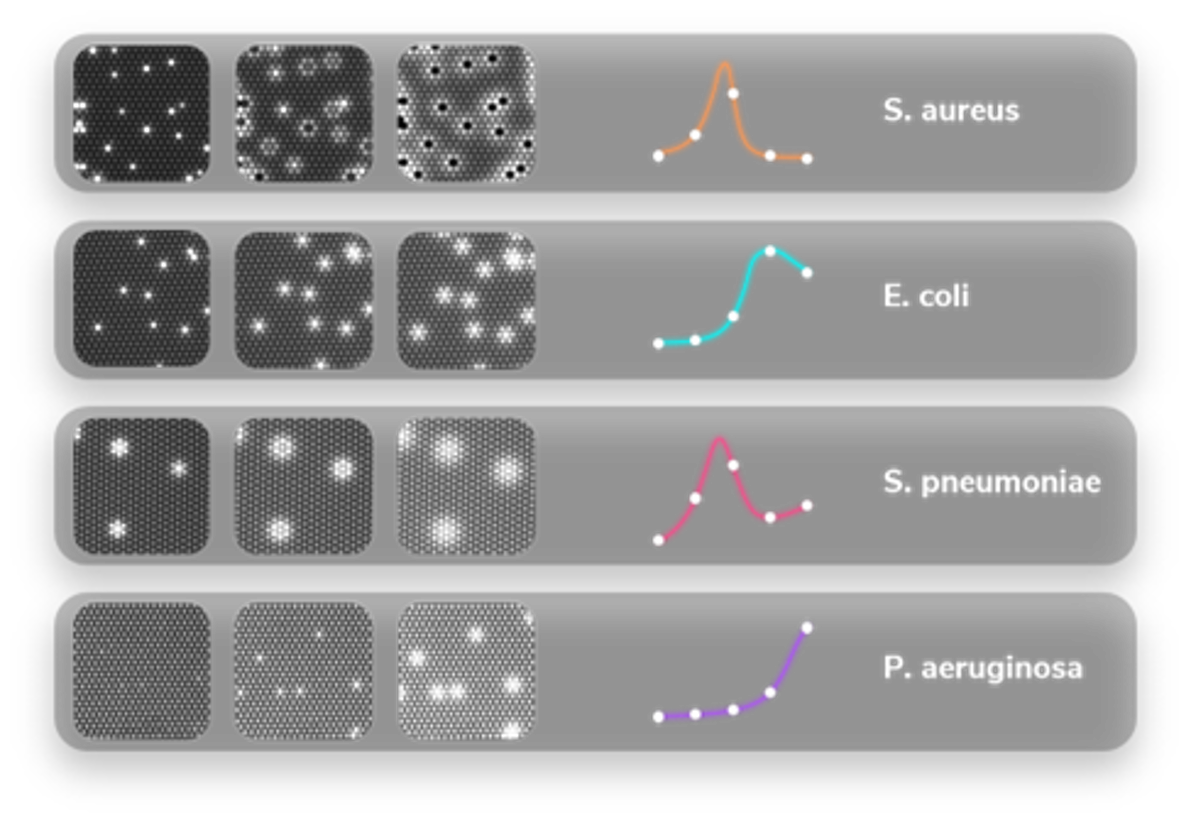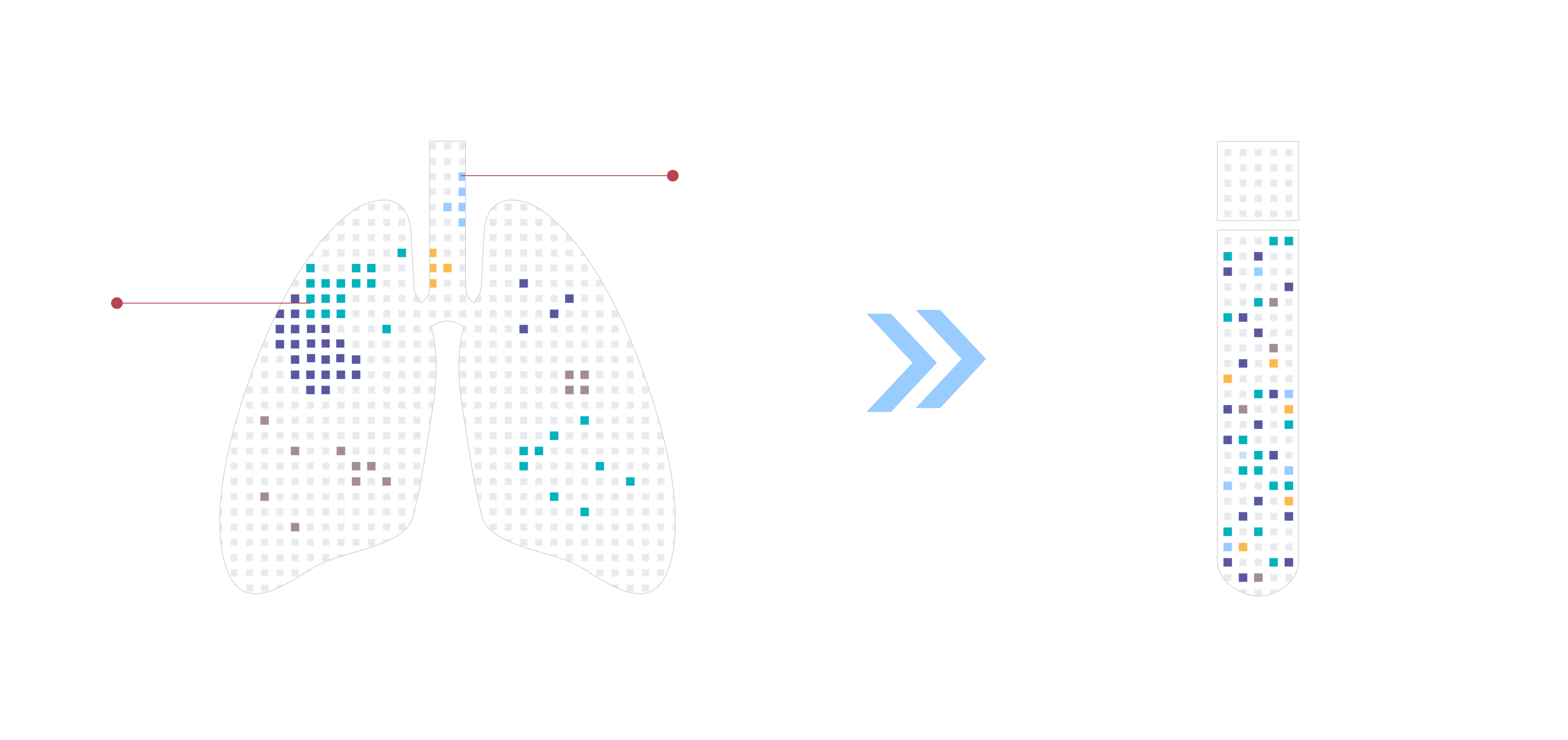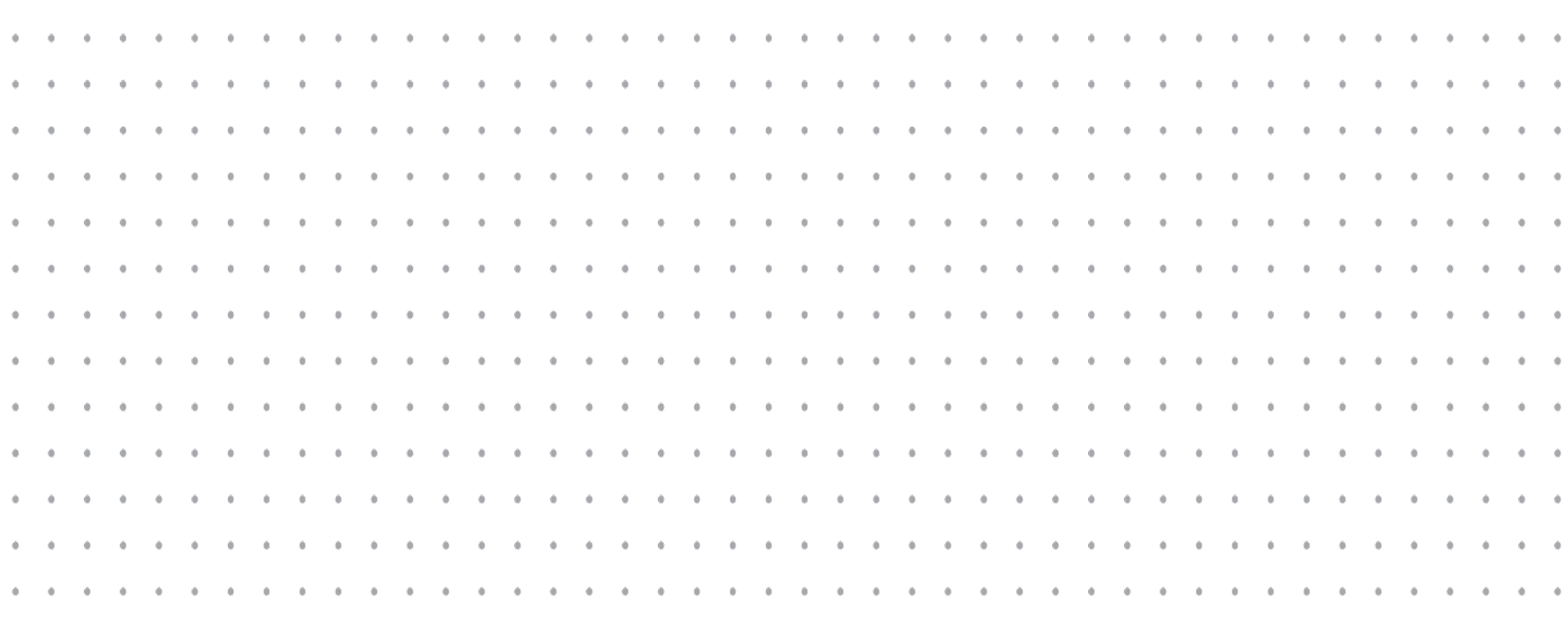Rethinking
microbiology
Rethinking microbiology.
We can’t fix resistance with 19th-century tools.
Drug-resistant bacterial infections claim more than a million lives every year. Without new solutions, this number could rise 10x over the next two decades.
50% of patients receive the wrong antibiotics. Leading to side effects, treatment failure, increased resistance, higher costs, or even death.
Culture-based methods take days to identify pathogens, requiring bacterial growth before analysis can even begin.
Clinicians require faster diagnostic methods and a definitive diagnosis to optimize antimicrobial treatments.
Tools for a new era of microbiology.
Fast, definitive answers from every key sample type. No culture. No delays. Just actionable results in hours.

Faster diagnosis.
By skipping time-consuming culture steps and reducing the time it takes to identify and test bacteria for antibiotic susceptibility, treatment can be optimized days sooner.

Phenotypic resistance coverage.
Phenotypic testing confirms which antibiotics can effectively treat an infection. Nucleic acid-based methods may suggest resistance, but they can't rule in susceptibility.

Multiplexed pathogen identification.
Our single-cell, multiplexed identification approach detects a broad panel of pathogens and distinguishes between them, even in complex polymicrobial samples. This enables accurate interpretation of antibiotic susceptibility for each population.

Live cell quantification.
Quantifying bacteria at single-cell resolution helps distinguish likely pathogens from colonizers or commensals—crucial for diagnosing complex infections and guiding appropriate treatment.

Isolated antibiotic response.
Isolating individual cells prevents interference from species interactions and extracellular resistance factors. This is critical for accurate, rapid AST results in polymicrobial samples.

The solution.
Single-Cell Microbiology.
Rapid diagnostic technology to guide
precise antibiotic treatment.

Setting a new standard.
Our single-cell microbiology platform merges the power of single-cell analysis with advanced data science to generate actionable data within hours.
Single-cell isolation.
We bypass bacterial growth by isolating and analyzing individual cells. Each live cell is captured in its own picovolume-scale droplet, enabling single-cell resolution and isolated antibiotic response.
Pathogen identification (ID) & antimicrobial susceptibility testing (AST).
Single-cell microbiology delivers rapid, actionable ID/AST results by analyzing metabolic patterns. We cluster and identify pathogens based on each positive droplet’s fluorescent signal over time, which reflects metabolic activity. Susceptibility is determined by how those patterns change in response to antibiotic exposure.
This approach delivers results days sooner than culture-based methods, even for complex specimens. It captures all resistance mechanisms—known, unknown, genetic, epigenetic, simple, or complex—ensuring a level of diagnostic accuracy that genotypic tests can’t match.
